Before we get into the topic of renewable energy, we’re going to start by defining energy and its types to get more familiar.
Energy: In simple terms, energy means the ability to do work. Without energy, nothing happens, and human life is dependent on it. The unique feature of energy is that it does not disappear or come into existence, but only changes from one state to another (the law of conservation of energy). In general classification, energy is usually classified into two categories: kinetic energy and potential energy.
Kinetic energy: The energy an object possesses due to its motion. Examples include electrical energy, mechanical energy, thermal energy, sound energy, etc.
Potential energy: The energy stored in an object due to the object’s position or configuration. Examples include chemical energy, gravitational energy, etc.
Having gained an understanding of the concept of energy and its various forms, we will now proceed to examine energy sources.
The contents you read
Energy sources
Energy sources are divided into two categories;
Renewable energy sources
It’s energy sources that are renewable and recoverable and are constantly reproduced and not finished. These sources include sun, wind, water, etc.
Non-renewable energy sources
There are energy sources that cannot be revived in a short time and will be finished if used continuously. Such as oil, coal, natural gas, as well as nuclear energy. These fuels take millions of years to form and are limited in quantity.
What is renewable energy?
In a comprehensive definition, renewable energy is energy produced by renewable resources (recoverable resources). Renewable energy is one of the signs of human technological progress in recent centuries, although the history of using this type of energy goes back to ancient times and has evolved over time to its current form.
Renewable energy is often referred to as ” clean energy ” or ” green energy ” because it produces little harmful greenhouse gas emissions or pollution compared to fossil fuels. The use of renewable energy helps to preserve the environment, reduce energy production costs, increase security and sustainable development.
Types of renewable energy
In this section, we have explored the most widely used renewable energy sources;
Solar energy
The most accessible and attractive source of energy is the sun. This energy is completely free, clean and non-polluting, which makes it possible to generate electricity without causing pollution and also helps to reduce dependence on fossil fuels. It can be exploited with different technologies. Technological advances have allowed scientists to convert the sun’s rays into electricity (photovoltaic effect). If solar energy is used correctly, it can meet future energy needs. This renewable energy can also be used for purposes such as air conditioning buildings, heating homes through solar water heaters using solar heat.
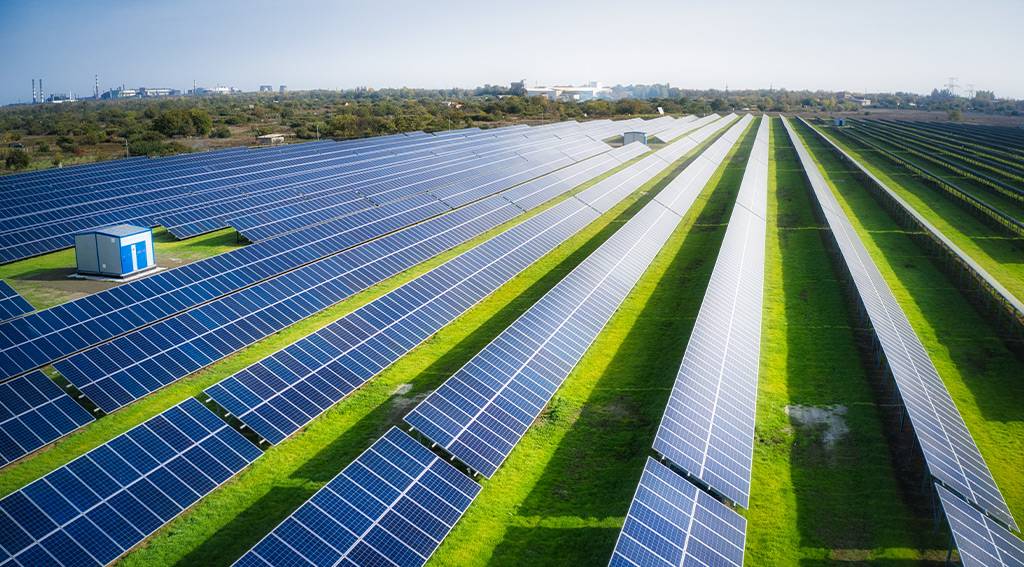
Wind energy
Humans have been harnessing wind energy for thousands of years, such as through the use of windmills. However, this represents only a small fraction of human exploitation of this energy source. Today, with advancements in technology and the construction of more sophisticated turbines, the utilization of wind energy for electricity generation has grown significantly compared to the past. Wind energy, like other renewable energy sources, is geographically widespread and at the same time available in a sporadic and decentralized manner (the wind is not the same in different regions).
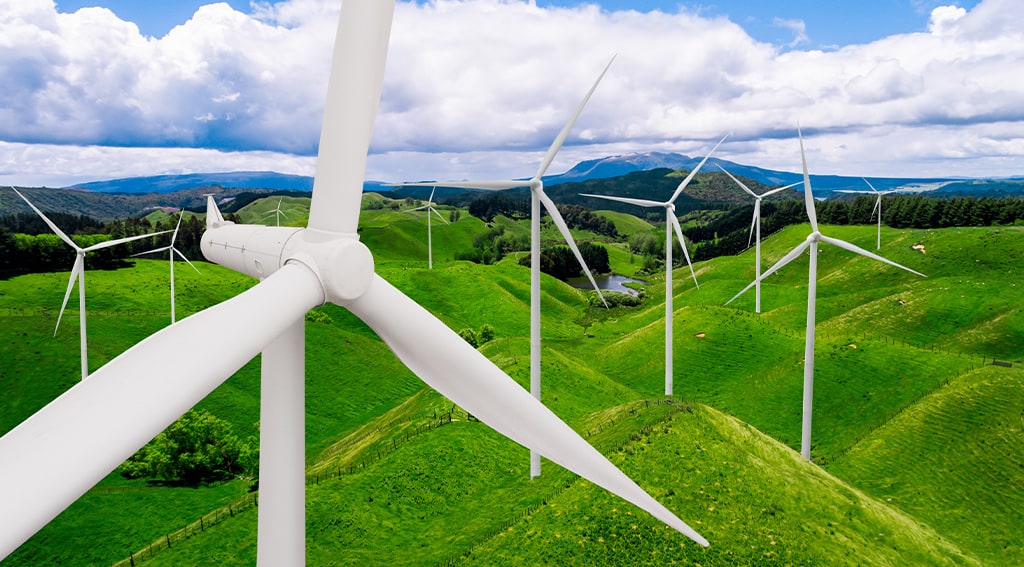
Hydropower
One of the oldest ways to use renewable energy is to generate energy from water, which is by placing special structures (such as dams and turbines) in the path of flowing water or falling water from a height to rotate the structures. In this process, water is directed through turbines, rotates generators, and generates electricity, but in this method, building dams, changing water flow, flood risk and their impact on the environment pose serious challenges.
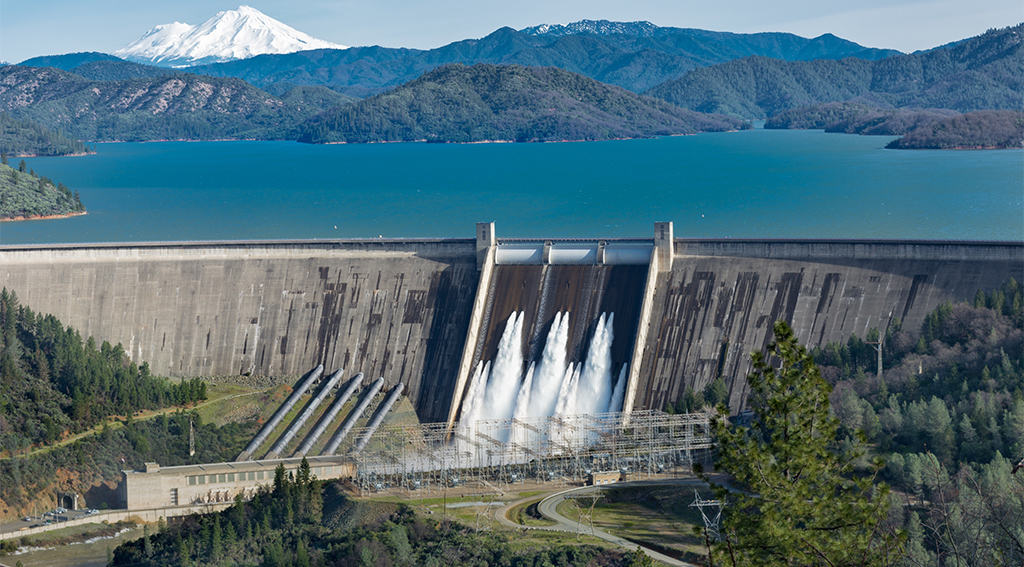
Biomass energy
Biomass energy is a type of renewable energy obtained from organic materials such as plants, trees, crops, and agricultural waste, and converted into renewable fuel using chemical and biological processes. Biomass can be used to generate heat or electricity through various processes, including combustion, gasification, and anaerobic digestion.
Biomass combustion is burned to generate heat, which can be used directly to generate steam to drive a turbine and generate electricity. In gasification, the biomass is heated in the absence of oxygen to produce a gas that can be used to generate heat or electricity. In anaerobic digestion, microorganisms break down biomass in the absence of oxygen to produce biogas that can be burned for heat or electricity.
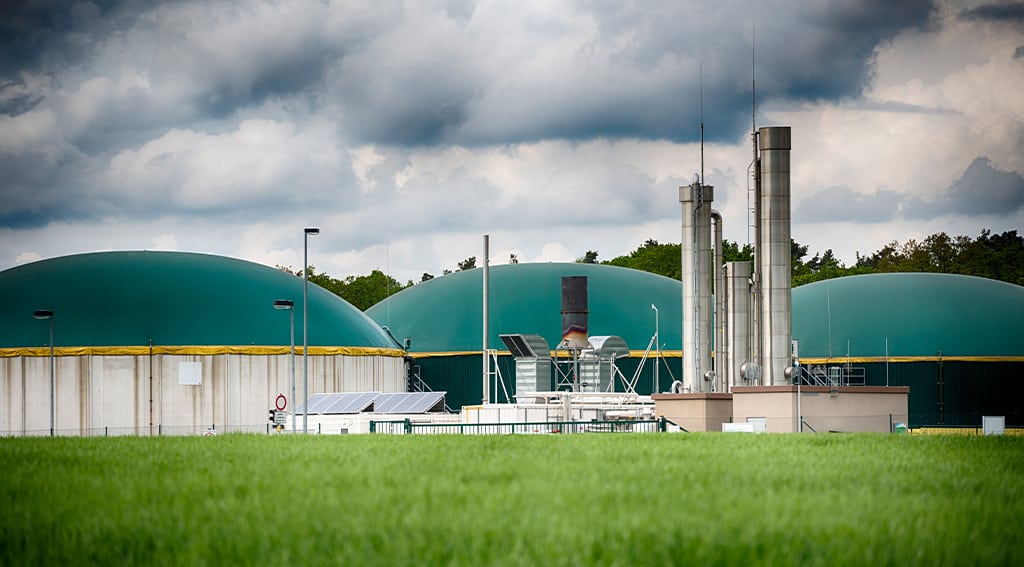
Ocean energy
When you’re standing on the shore staring at the endless expanse of the ocean, you can easily feel its power. But did you know that this force can be used to create renewable energy?! Ocean Energy comes in many forms of energy that can be extracted from the ocean, including wave energy, tidal energy, ocean thermal energy conversion, and salinity gradient energy.
Wave energy involves capturing kinetic energy from the up and down motion of ocean waves using wave energy converters. Tidal energy uses ocean tidal kinetic energy to turn turbines and generate electricity. The conversion of ocean thermal energy inhibits the temperature difference between hot surface water and deep cold water to generate electricity. Salinity gradient energy involves the use of salt concentration differences between fresh and salt water to create a flow of ions and generate electricity. Ocean energy technologies are new and innovative and still in the early stages of development they also face challenges such as high initial costs and environmental impacts.
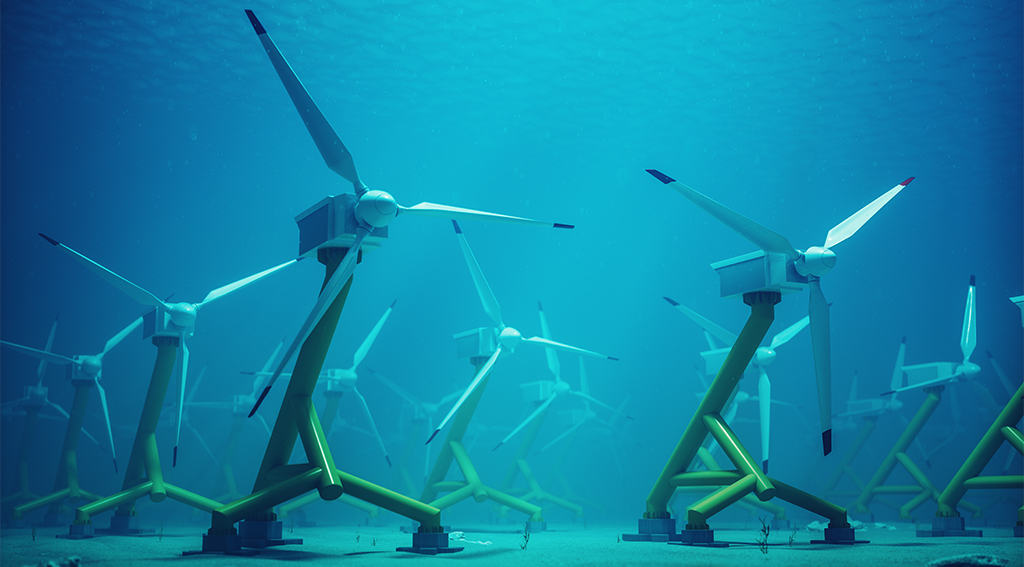
Geothermal energy
In the depths of the Earth lies a source of power, this power is geothermal energy. Geothermal energy is a type of renewable energy produced from heat stored in the Earth’s core. Geothermal energy can be inhibited by drilling wells to pump hot water or steam into the power plant. The heat is continually produced through the decay of radioactive elements such as uranium and thorium and is directed to the surface of the Earth through mantle and crust. Geothermal energy can be used to generate electricity or for heating and cooling applications.
There are several ways to extract geothermal energy. One of the most common methods of extracting geothermal energy is drilling wells in a geothermal tank, which is an area of the Earth’s crust where a significant amount of heat is stored. Water is pumped into the well, where it is heated by the Earth’s heat and then rises back to the surface. Hot water or steam can be used to power turbines that generate electricity. However, the availability of geothermal energy depends on the location and its development in certain areas can be costly.
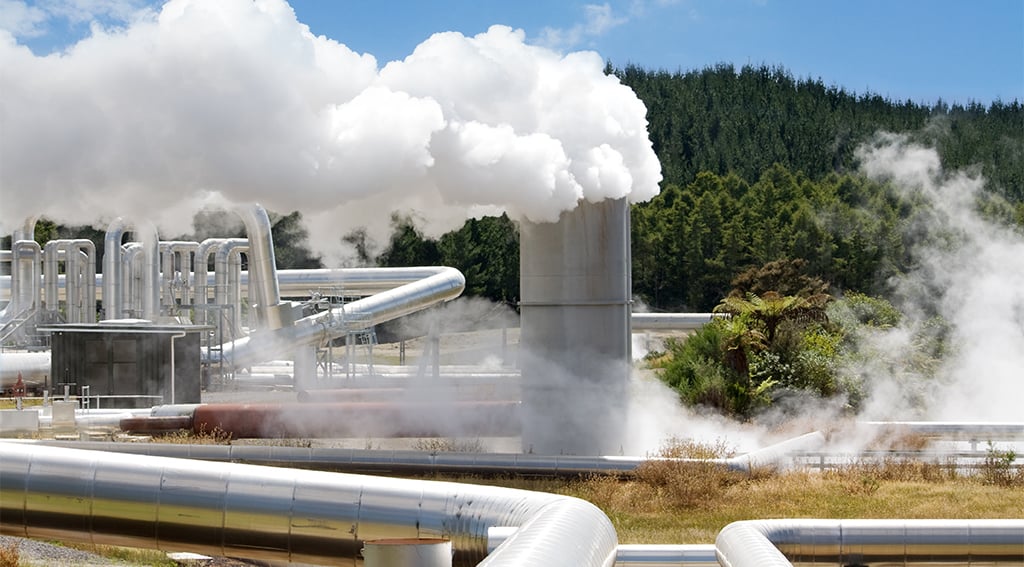
Conclusion
The use of renewable energy sources not only helps improve environmental conditions, but is also considered economic due to the reduction in energy production and distribution costs. Renewable energy technologies help fight climate change and reduce carbon footprint, but are a step towards a more harmonious relationship between humanity and the natural world. For this reason, many people and large companies around the world are producing renewable energy and balancing energy production and Environmental Protection, and promoting this type of energy production leads to economic development. Many countries also have special programs to support the production of this type of energy.
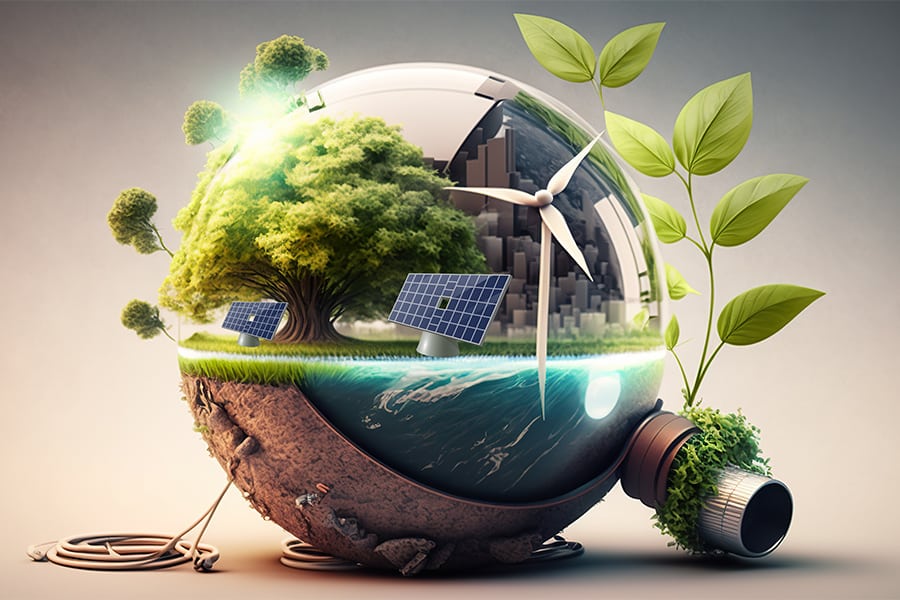





Hi, It’s very good infomation about renewable energy
Thank you for your comment, we are glad that the article is of interest to you